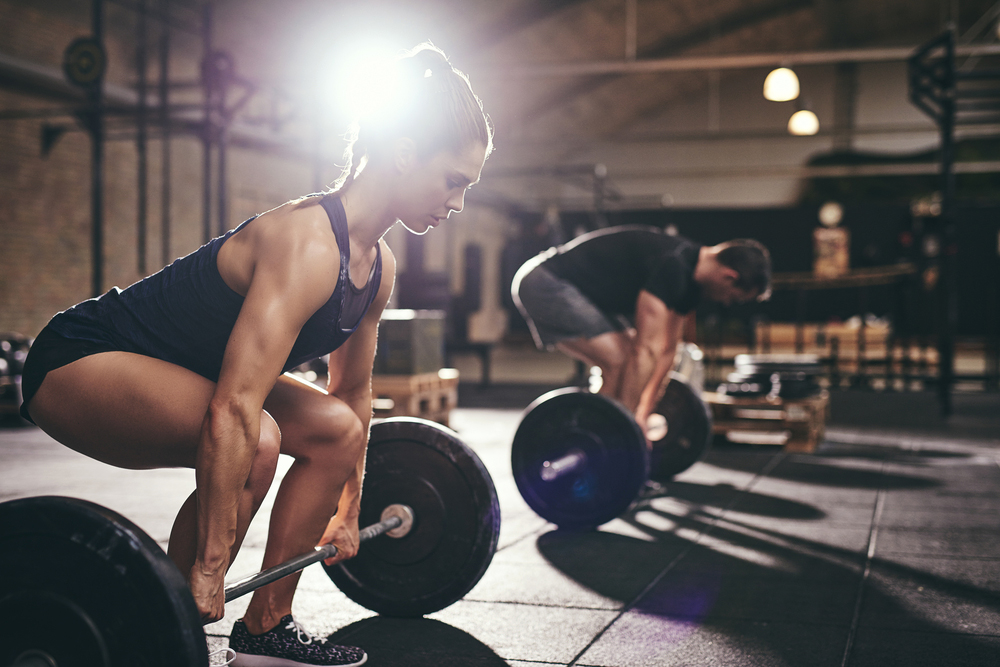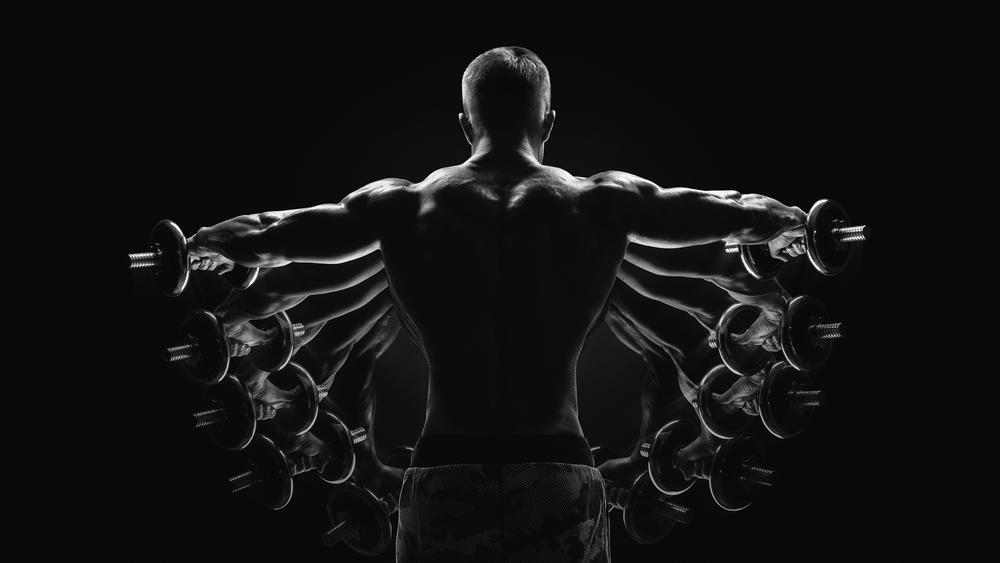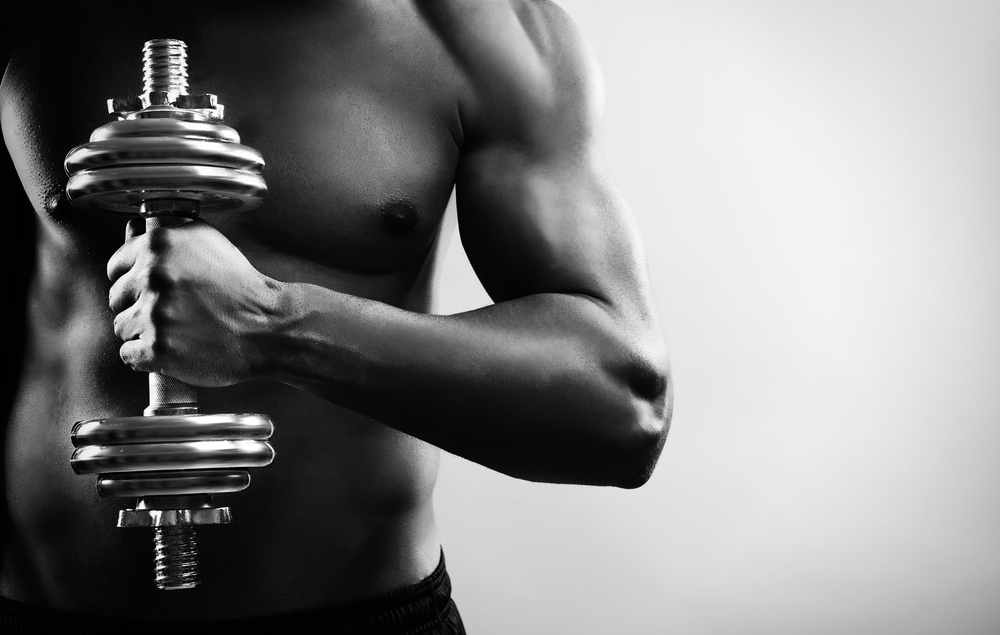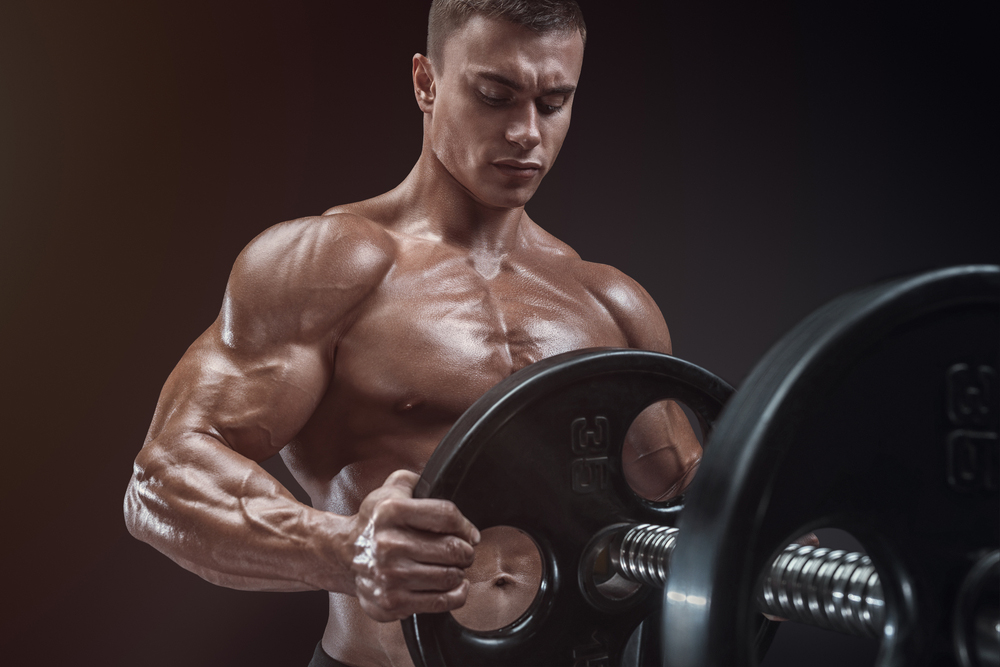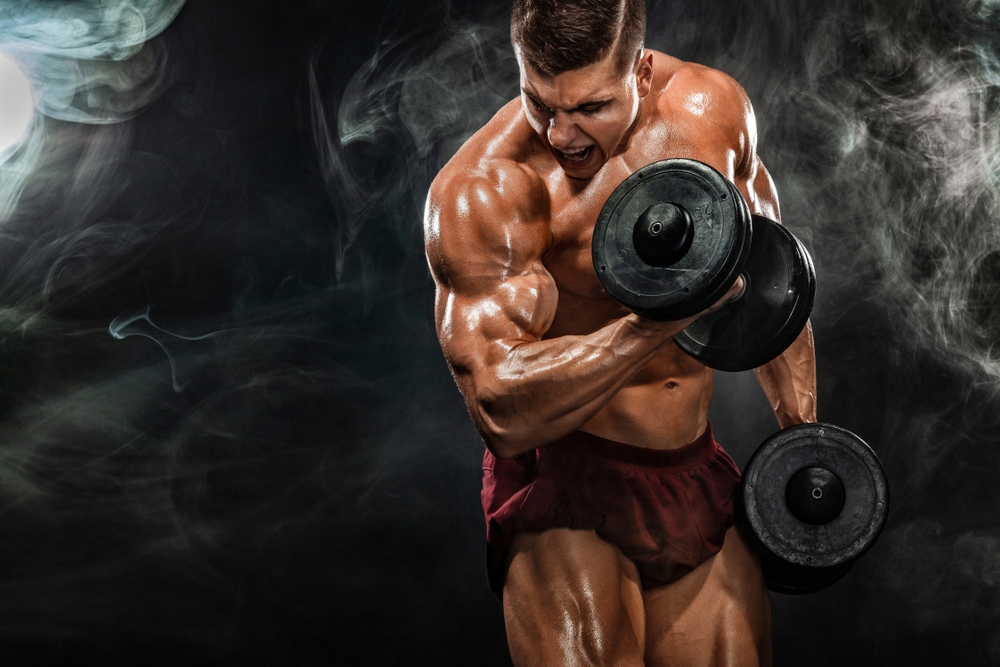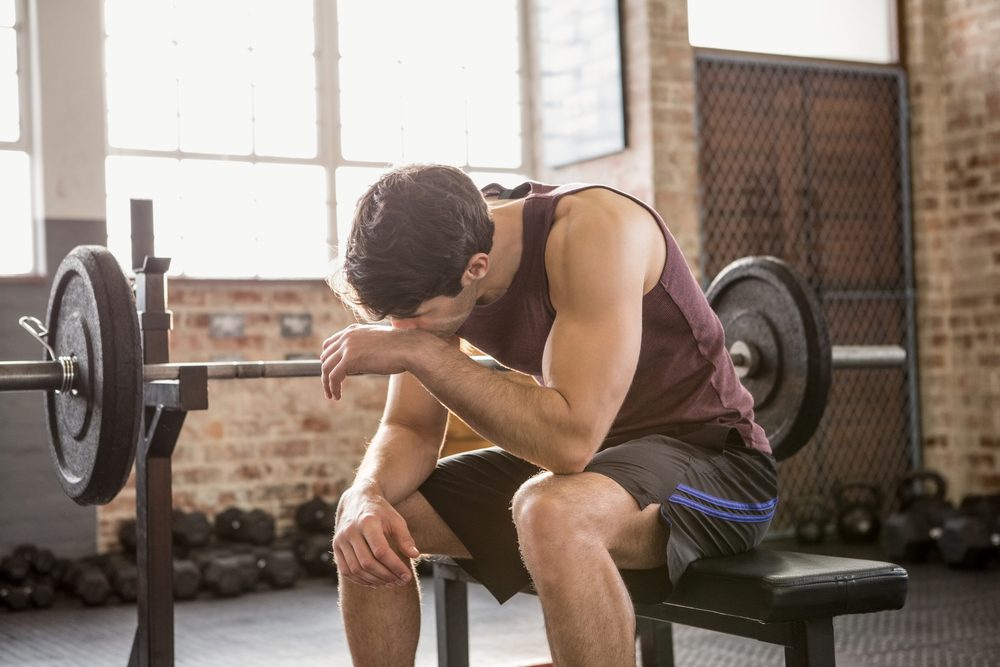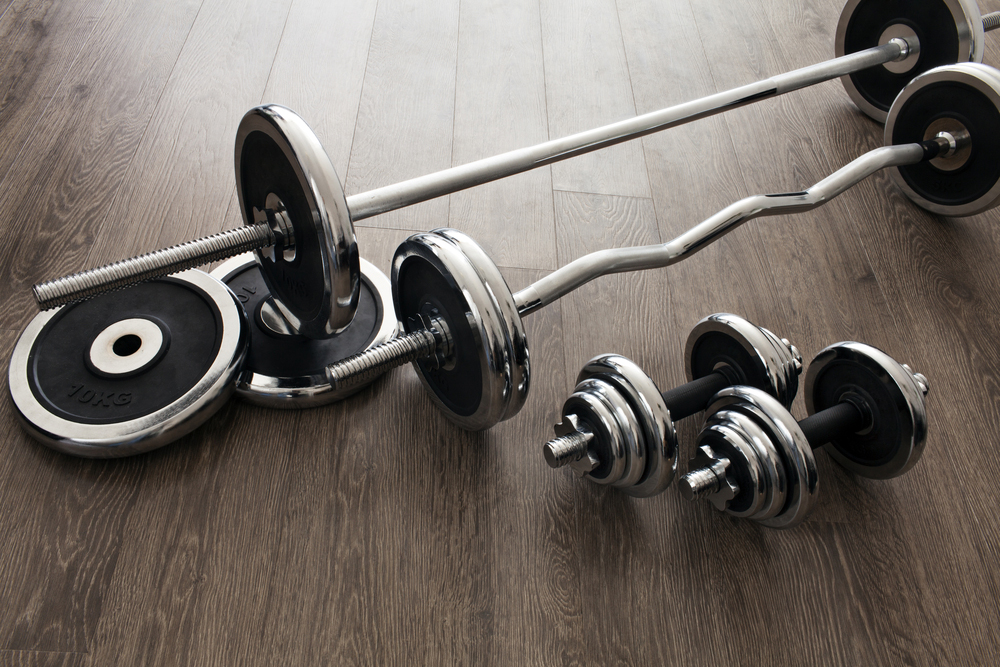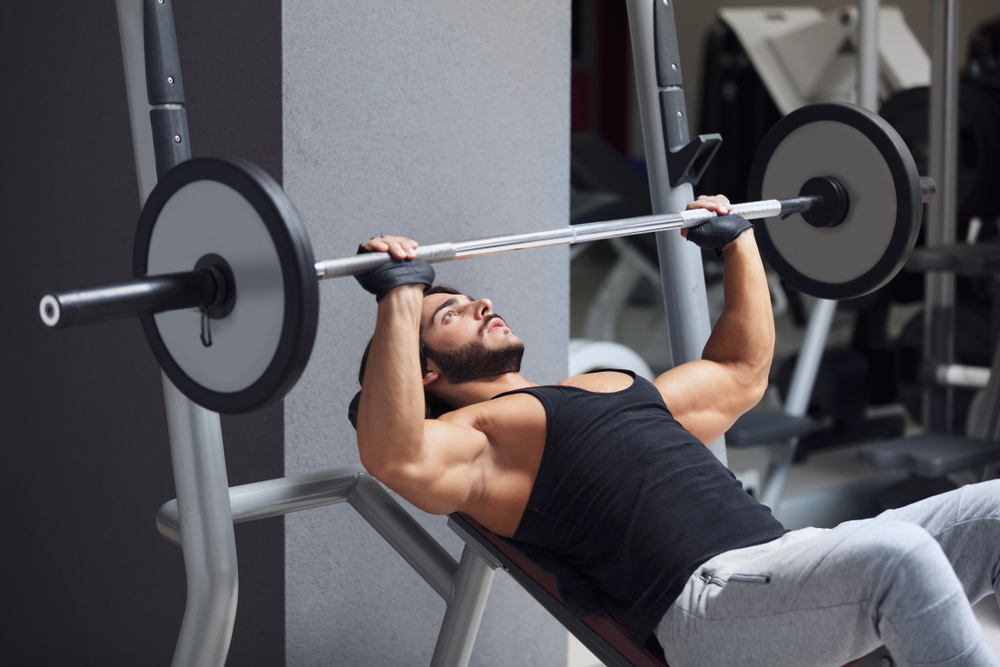It is true that when one starts practising this sport, the first times are associated with a phase of evolution. Indeed, the body adapts and experiences muscular developments because it is receptive to all the exercises that are proposed to it. But all the great professionals in bodybuilding know that it is not enough to lift weights to progress.
There are many elements that must be in place for one to be able to touch the results of the effectiveness of the tough sessions in the gym with one's own hands. Obviously, success in the field of bodybuilding is the result of adopting a good planning and following a good diet.
However, the development of muscle biomechanics will never progress if the exercises are not performed according to the rules. It is clear that the way each movement is performed plays an important role in muscle growth. This leads us to look at the different holds used in strength training that are responsible for the correct execution of these movements.
The different holds
Because working without any technique or methodology can be a waste of time, so learning a little about basic holds is always a good idea. The first advantage is to master the techniques of holds by practising and optimising the results according to the methodologies.
But what is also important is that learning about the different holds will improve the individual work. In particular, enthusiasts who want to perform strength training work independently at home can practice practically after learning about the different holds.
Last but not least, the knowledge of the holds encourages beginners to practice well in order to avoid the various risks of injury.
Almost all strength training involves the use of the hand(s). The grip or the position of the hand is a crucial point because the hand and forearm duo has an essential function in the movement.
There are many choices regarding the grip in weight training. Each one has its own characteristics and influences the muscular sensations and the strength.
There are seven types of grip in total:
First of all, the pronated grip and the supinated grip. All bodybuilders use these two grips when they want to work the whole upper body.
That is to say, the arms, the chest, including the shoulders and the trapezius. This being said, these two different grips in the pull-up bar exercises, the muscles involved are not the same.
This variation is due to the fact that supination is the reference position in anatomy with the palm facing the sky whereas with pronation the thumb is facing inwards.
Then the neutral grip. Also known as the "hammer grip", it is applied during isolation exercises targeting the biceps, especially their outer parts.
Being halfway between supination and pronation, this grip can also be adapted to exercises that engage the shoulders and trapezius muscles.
Then after that,the rotational grip which is a combination of the supine grip and the neutral grip. It is not surprising that this type of hand orientation is combined with biceps training. This grip differs from the other grips in that, as the name suggests, it is not fixed, so it varies during the movement. It therefore varies during the movement.
And finally the last three holds which are adopted to lift and maintain much heavier loads: the reverse hold, the hook hold and the suicide hold. Let's take the inverted grip first. This grip is the result of a mix of the pronated and supinated grip, hence the name mixed grip. It makes it easier to hold the bar by preventing it from rolling. This grip is used in athletic strength for deadlifts where the back and legs are the most stressed.
Secondthe hook grip. The purpose of this grip is to trap the thumb between the other fingers and the bar. This locks the grip and makes it easier to lift the load. The hook grip is most often found in weightlifting.
And finally the suicide grip. In contrast to the classic holds, including the pronated hold, the supinated hold and the neutral hold, the movement will be done with the thumb positioned outside the bar. This will undoubtedly increase the risk of accidents due to the absence of the thumb to lock the grip.
However, the objective is to gain power during the bar push movements with the alignment of the wrist axis under the bar and the evolution of the contact surface between the bar and the hand. This suicide grip is most often used with bench presses and exercises designed to work the deltoids.
These seven types of holds will thus help you to adjust your movements well because in bodybuilding one can gain the form as one can also be injured by fault of handling of the body.
In short, we can deduce that the field of bodybuilding also has rules that must be respected. Never make the mistake of neglecting the slightest parameter, because you have seen that even the simple orientation of the hand can influence your safety and the stress on the muscles during all your sessions.
Doing the right movements will affect your evolution, learn to do them correctly. This sport activity creates such a special feeling in its practitioners and creates a sense of pride in the load lifted and the level of physical performance achieved. However, don't forget to consider strength training for what it is. Take the time to listen to your body and appreciate your limits. It's important to set a reasonable goal.

